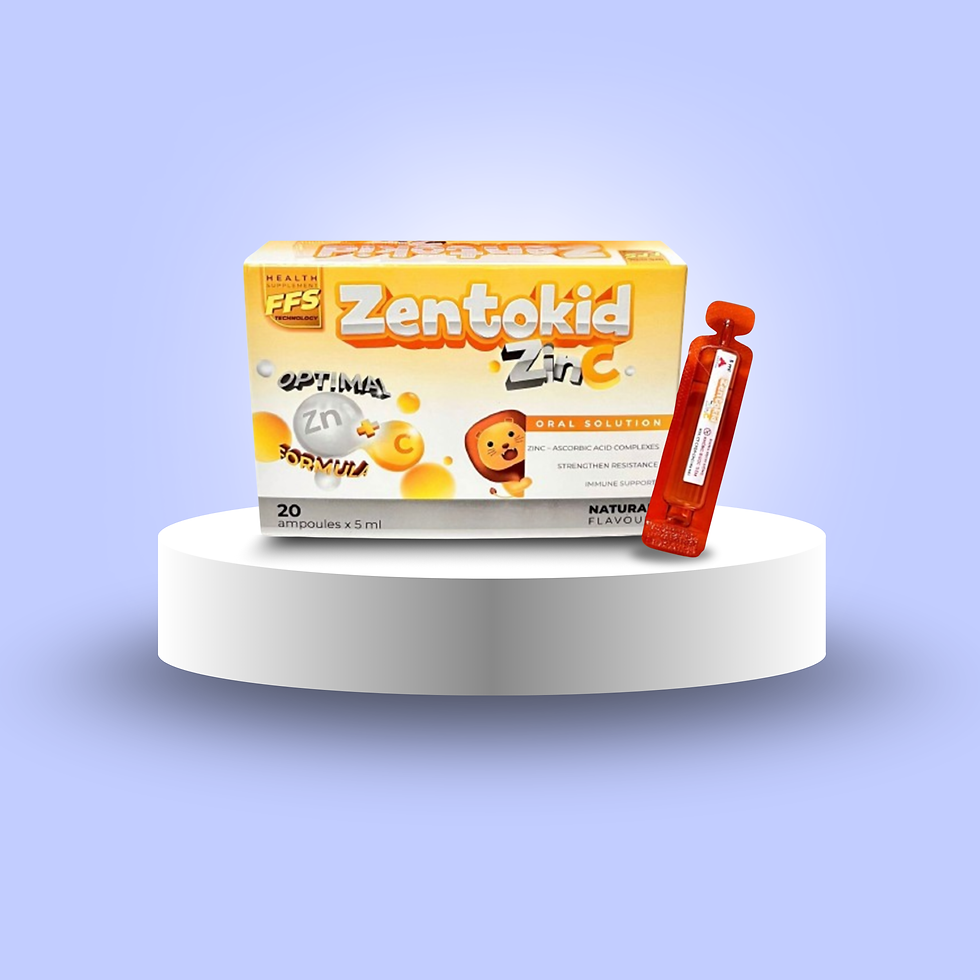Ceftacent (Ceftazidime Sodium)
CEFTAZIDIME (AS PENTAHYDRATE)
1g Powder for Injection (I.M/I.V.)
Antibacterial
A third-generation cephalosporins antibiotic for the treatment of severe infections such as septicemia, pneumonia, meningitis, UTIs, and respiratory, skin, bone, and abdominal infections. With strong activity against resistant Gram-negative bacteria, including Pseudomonas aeruginosa, Ceftacent ensures effective, reliable, and affordable therapy.
SUMMARY:
Ceftazidime is an injected broad-spectrum third-generation cephalosporin beta-lactam antibiotic used to treat or prevent a variety of bacterial infections, including pneumonia, gynecological infections, bone and joint infections, and septicemia, among others.
INDICATION:
Treatment of single or multiple infections caused by susceptible organisms. Used as 1st choice drug before the results of sensitivity test are available; in combination with aminoglycosides or most other beta-lactam; with an antibiotic against anaerobes when the presence of Bacteroides fragilis is suspected. Infections including severe septicemia, bacteremia, peritonitis, meningitis and infections in immunosuppressed and ICU patients; respiratory tract including lung infections in cystic fibrosis; ENT; UTI; skin, soft tissue; GIT biliary; abdominal; bone and joint. Infection associated with hemo- and peritoneal dialysis.
PHARMACODYNAMICS:
Absorption : Not applicable; administered parenterally (IV/IM).
Distribution : Widely distributed in body fluids and tissues,
including the lungs, kidneys, and bone.
Metabolism : Minimal metabolism; primarily excreted unchanged in urine.
Elimination: Renal excretion; about 80% is eliminated by the kidneys.
Protein Binding: Approximately 8-12%
Half Life: 1.5-2 hours in healthy adults.
MECHANISM OF ACTION:
Inhibits bacterial cell wall synthesis by binding to penicillin-binding proteins.
PHARMACODYNAMICS:
Bactericidal activity against a broad spectrum of Gram-negative bacteria, including Pseudomonas aeruginosa.
CAUTIONS:
Use with caution in patients with renal impairment; potential for allergic reactions, especially in penicillin-allergic patients.
METHOD OF ADMINISTRATION:
Intramuscular (IM) or intravenous (IV) injection.
OVERDOSE AND TREATMENT:
Supportive care; may require hemodialysis to remove the drug.
IN PREGNANCY AND LACTATION:
Use only if clearly needed; may be excreted in breast milk.
TOXICITY:
Rare; neurotoxicity may occur in patients with renal impairment.
DOSAGE AND ADMINISTRATIONS:
Typically, 1-2 g every 8-12 hours, depending on the severity of the infection
WHY CEFTACENT ?
- Effective against resistant Gram-negative infections; good tissue penetration.
- High quality at lesser cost






















